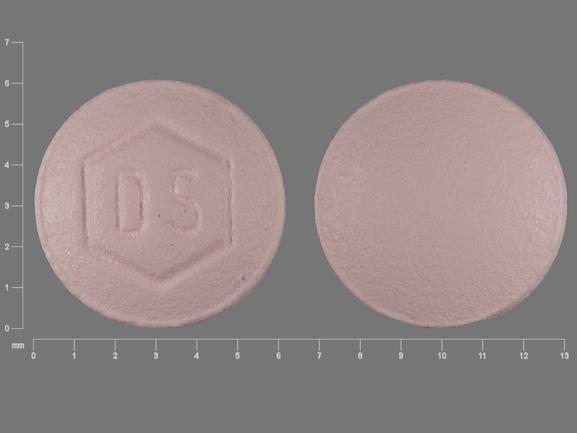Yaz Interactions
There are 597 drugs known to interact with Yaz (drospirenone/ethinyl estradiol), along with 17 disease interactions, and 6 alcohol/food interactions. Of the total drug interactions, 94 are major, 457 are moderate, and 46 are minor.
- View all 597 medications that may interact with Yaz
- View Yaz alcohol/food interactions (6)
- View Yaz disease interactions (17)
Most frequently checked interactions
View interaction reports for Yaz (drospirenone / ethinyl estradiol) and the medicines listed below.
- Adderall (amphetamine / dextroamphetamine)
- Adderall XR (amphetamine / dextroamphetamine)
- bupropion
- clonazepam
- Cymbalta (duloxetine)
- gabapentin
- hydroxyzine
- ibuprofen
- Lamictal (lamotrigine)
- lamotrigine
- levothyroxine
- Lexapro (escitalopram)
- melatonin
- metformin
- omeprazole
- propranolol
- Prozac (fluoxetine)
- Seroquel (quetiapine)
- sertraline
- spironolactone
- Synthroid (levothyroxine)
- Topamax (topiramate)
- trazodone
- Vitamin B12 (cyanocobalamin)
- Vitamin D3 (cholecalciferol)
- Vyvanse (lisdexamfetamine)
- Wellbutrin XL (bupropion)
- Xanax (alprazolam)
- Zoloft (sertraline)
- Zyrtec (cetirizine)
Yaz alcohol/food interactions
There are 6 alcohol/food interactions with Yaz (drospirenone / ethinyl estradiol).
Yaz disease interactions
There are 17 disease interactions with Yaz (drospirenone / ethinyl estradiol) which include:
- smoking
- hyperkalemia
- abnormal vaginal bleeding
- carcinomas (estrogenic)
- hypercalcemia in breast cancer
- hypertension
- thromboembolism/cardiovascular
- hepatic neoplasms
- angioedema
- gallbladder disease
- hyperlipidemia
- liver disease
- melasma
- depression
- fluid retention
- glucose intolerance
- thyroid function tests
More about Yaz (drospirenone / ethinyl estradiol)
- Yaz consumer information
- Compare alternatives
- Reviews (1,002)
- Drug images
- Side effects
- Dosage information
- During pregnancy
- Generic availability
- FDA approval history
- Drug class: contraceptives
Related treatment guides
Drug Interaction Classification
| Highly clinically significant. Avoid combinations; the risk of the interaction outweighs the benefit. | |
| Moderately clinically significant. Usually avoid combinations; use it only under special circumstances. | |
| Minimally clinically significant. Minimize risk; assess risk and consider an alternative drug, take steps to circumvent the interaction risk and/or institute a monitoring plan. | |
| No interaction information available. |
See also:
Further information
Always consult your healthcare provider to ensure the information displayed on this page applies to your personal circumstances.


